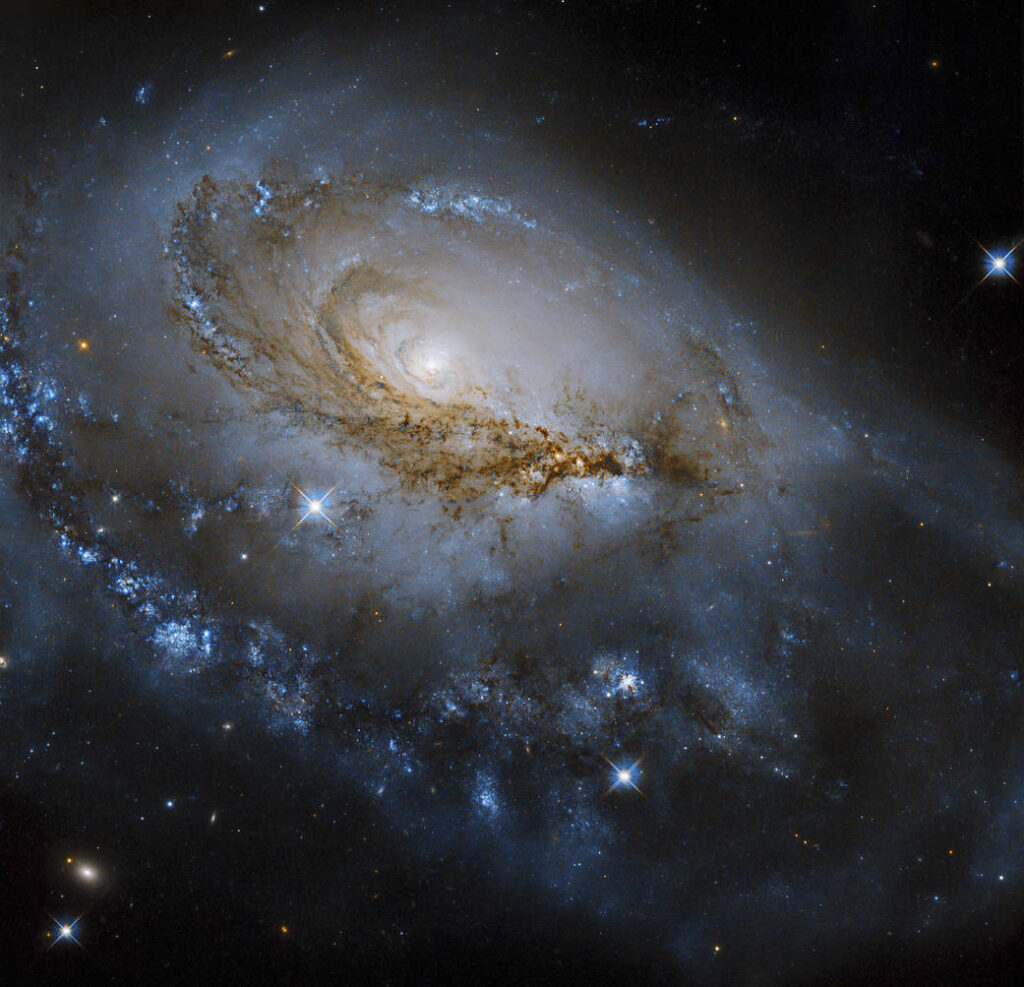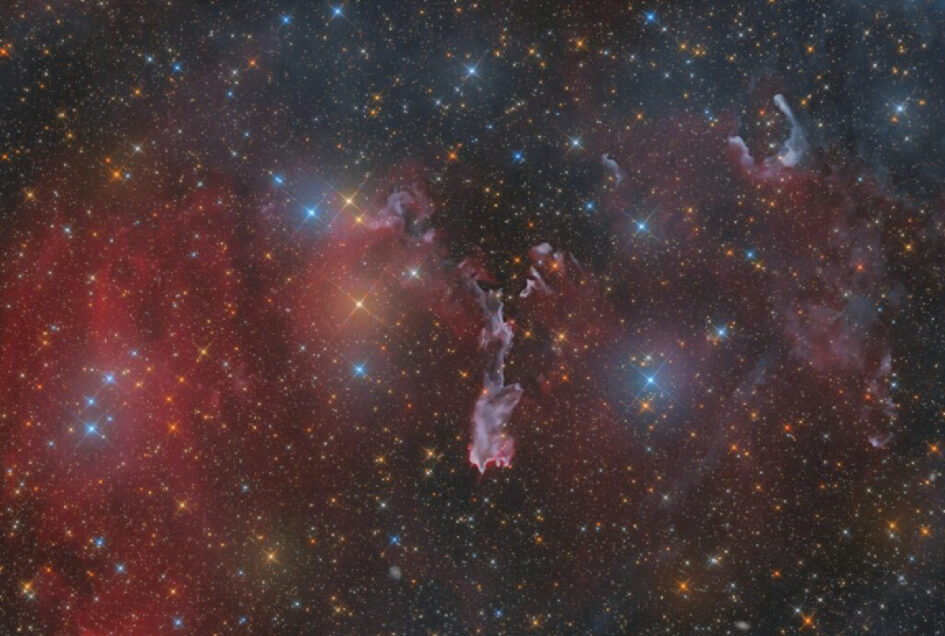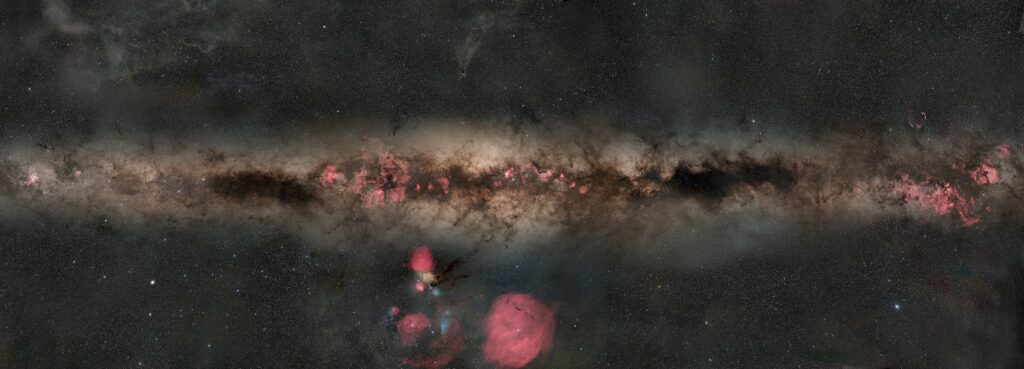
Panorama of the Milky Way
Credit: Kelvin Hennessy
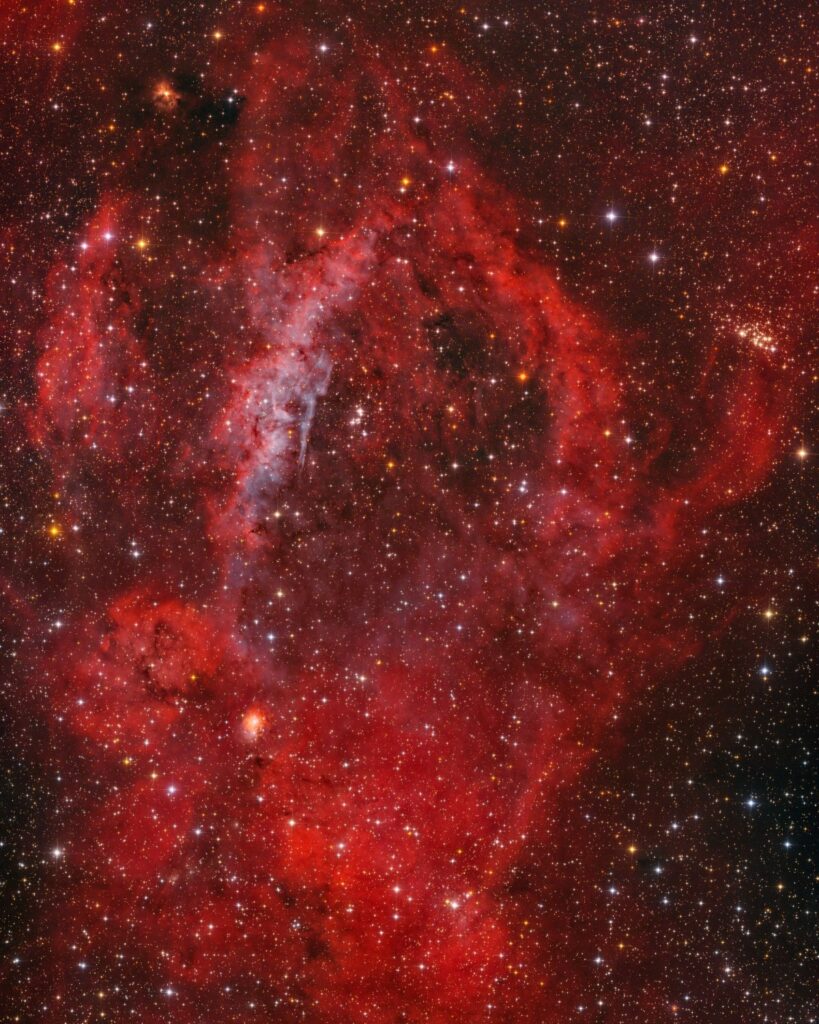
https://www.facebook.com/photo/?fbid=156622327066353&set=a.149603584434894
Sh2-157 (Lobster Claw Nebula / Hummerscherennebel) in Cassiopeia & Cepheus
Credit: Josef Pöpsel, Frank Sackenheim, Stefan Binnewies
Location: Capella Observatory at Skinakas, Crete/Greece,robotic (with babysitting from Bad Arolsen/Germany)
Date: September, 2022
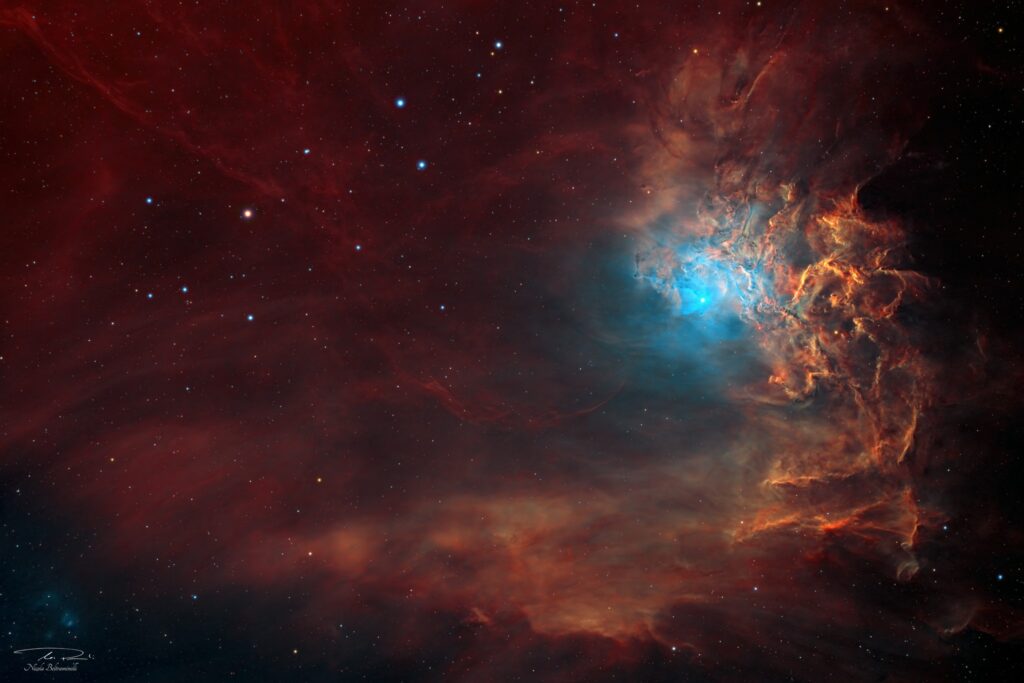
https://www.facebook.com/photo/?fbid=158017963593456&set=a.149603584434894
IC 405 (also known as the Flaming Star Nebula, SH 2-229, or Caldwell 31) is an emission and reflection nebula in the constellation Auriga north of the celestial equator, surrounding the bluish, irregular variable star AE Aurigae. It shines at magnitude +6.0. Its celestial coordinates are RA 05h 16.2m dec +34° 28′.
Credit: Nicola Beltraminelli
Location: Lyon, France
Dates: October 16, 18 and 28, 2022
Total integration: 21 hr 46 min
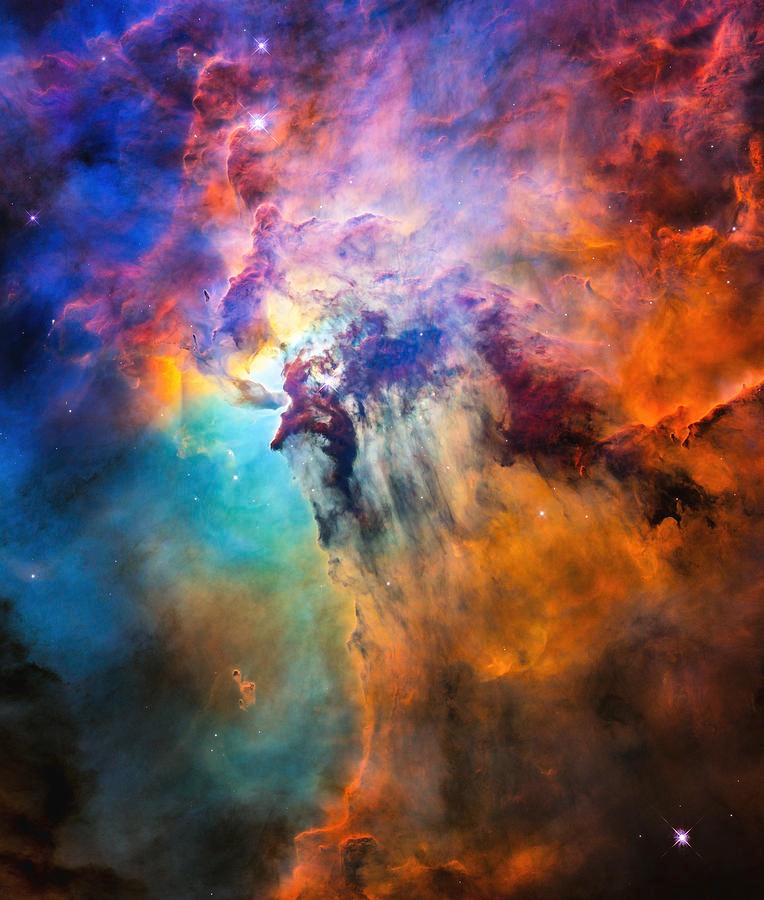
https://www.facebook.com/groups/jwsttsc/permalink/432498052234372
This colorful image, taken by NASA’s Hubble Space Telescope, celebrates the Earth-orbiting observatory’s 28th anniversary of viewing the heavens, giving us a window seat to the universe’s extraordinary tapestry of stellar birth and destruction.
Credits: NASA, ESA, and STScI
This mayhem is all happening at the heart of the Lagoon Nebula, a vast stellar nursery located 4,000 light-years away and visible in binoculars simply as a smudge of light with a bright core.
The giant star, called Herschel 36, is bursting out of its natal cocoon of material, unleashing blistering radiation and torrential stellar winds (streams of subatomic particles) that push dust away in curtain-like sheets. This action resembles the Sun bursting through the clouds at the end of an afternoon thunderstorm that showers sheets of rainfall.
Herschel 36’s violent activity has blasted holes in the bubble-shaped cloud, allowing astronomers to study this action-packed stellar breeding ground.
The hefty star is 32 times more massive than our Sun, and 40,000 degrees Kelvin. It is nearly nine times our Sun’s diameter. Herschel 36 is still very active because it is young by a star’s standards, only 1 million years old. Based on its mass, it will live for another 5 million years. In comparison, our smaller Sun is 5 billion years old and will live another 5 billion years.
This region epitomizes a typical, raucous stellar nursery full of birth and destruction. The clouds may look majestic and peaceful, but they are in a constant state of flux from the star’s torrent of searing radiation and high-speed particles from stellar winds. As the monster star throws off its natal cocoon of material with its powerful energy, it is suppressing star formation around it.

The Great Orion_M42
Image credit: Emanuele Neri
Processing credit: Mirko Tondinelli

LDN1448 and LDN1451
Credit:Long Xin
Location : Beijing,China
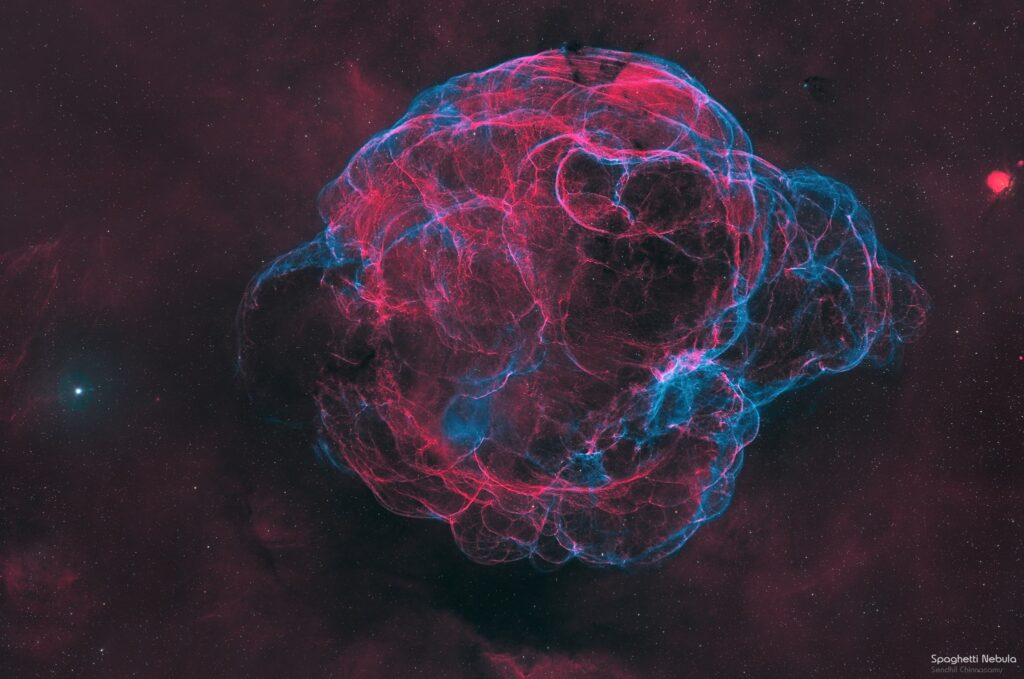
Spaghetti Nebula
Credit: Sendhil Chinnasamy
Location: Georgetown, Texas
Total exposure: 41 hours
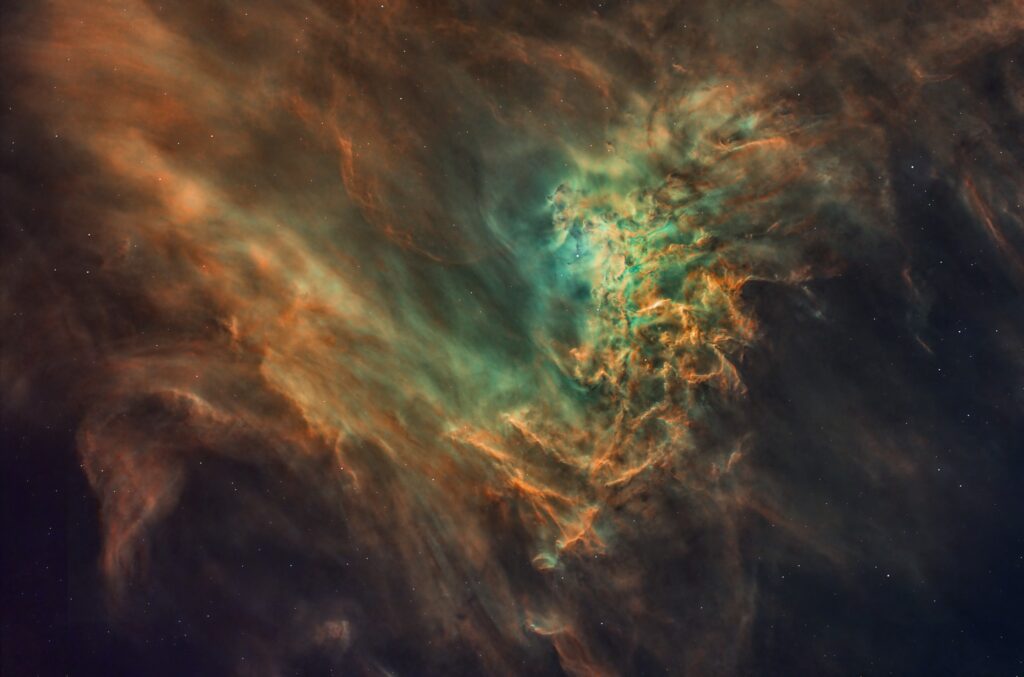
Flaming Star Nebula (C31)
Credit: Martin Cohen
Location: Fareham, Hampshire UK
Date: February 22, 2022

Dust & Galaxies – NGC 7223
Credit: Kostas Papageorgiou
Location: Greece
Total integration: 10 hours
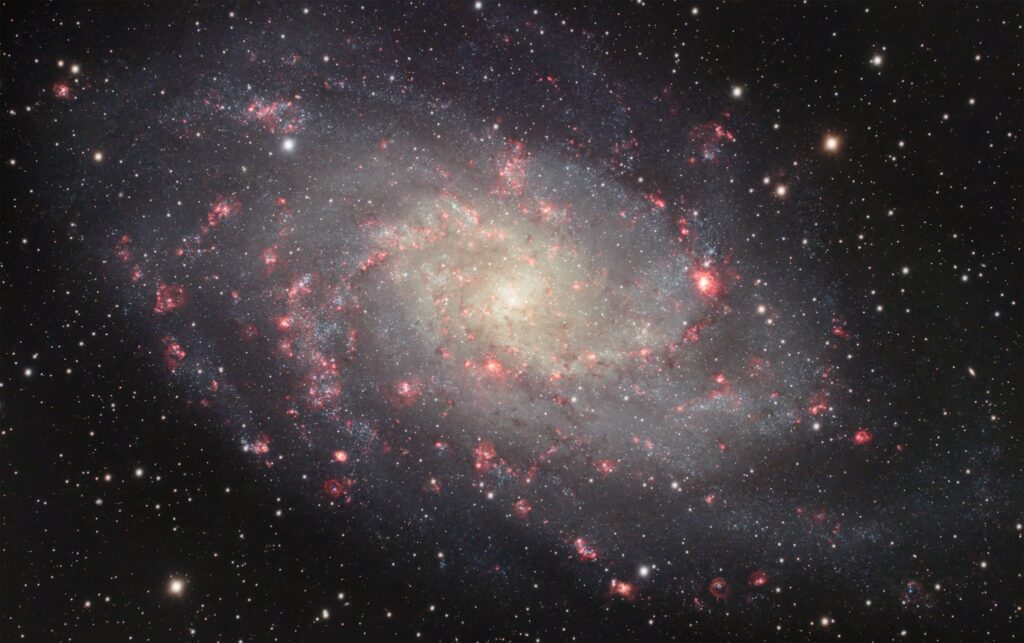
M33 Galaxy (broadband + narrowband)
Credit: Alessandro Bianconi
Location: Italy
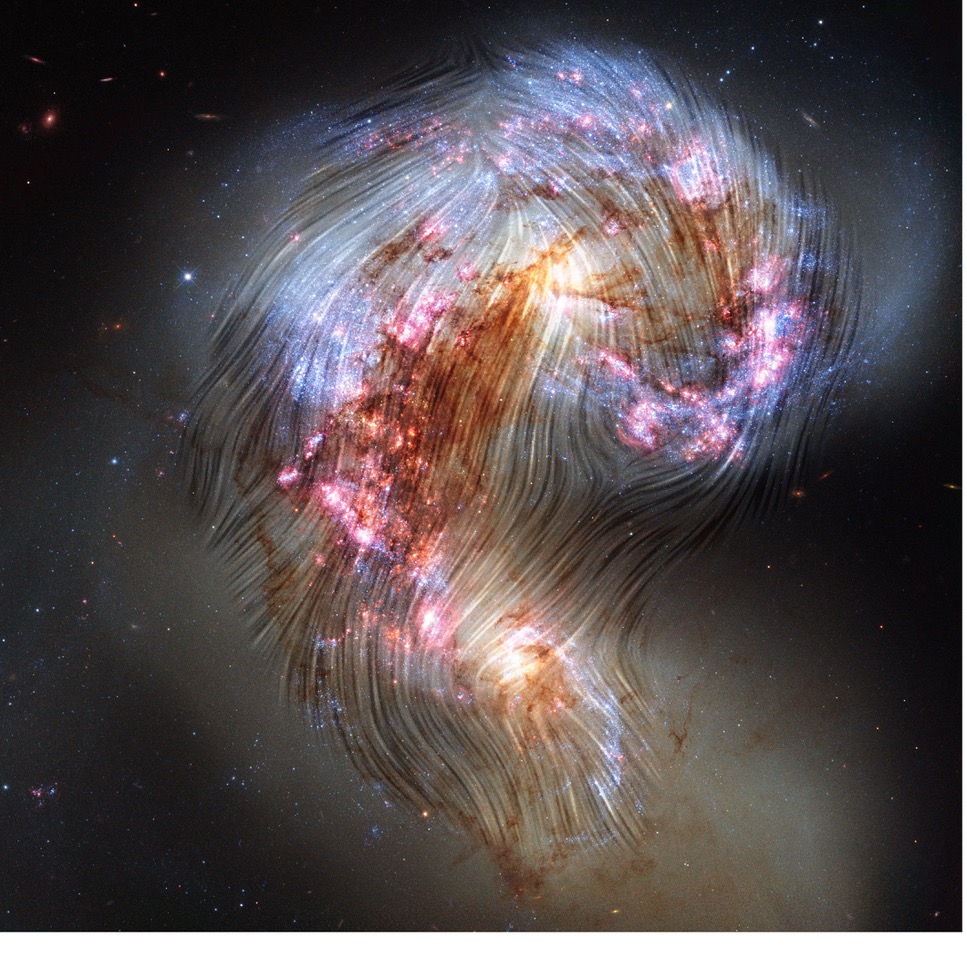
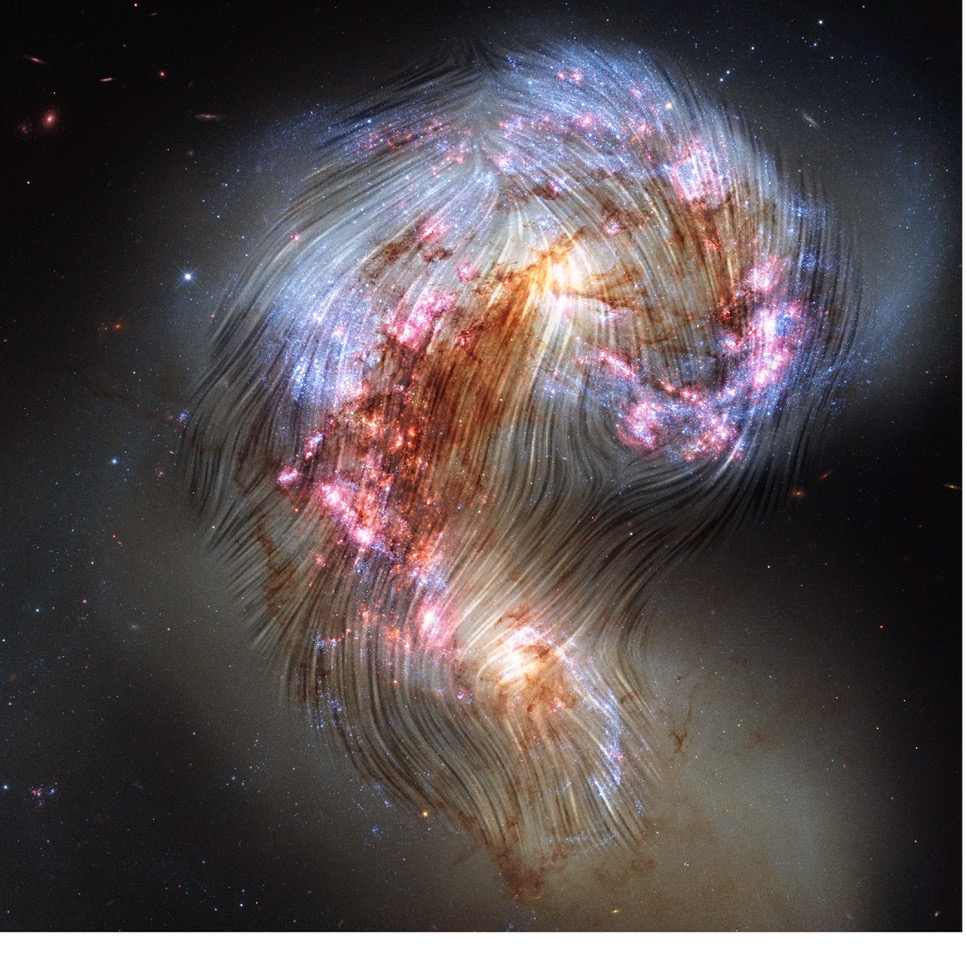
Magnetic fields in the Antennae Galaxies
Credit: ESA/Hubble/SOFIA/E. Lopez-Rodriguez

he Elephant’s Trunk Nebula-IC 1396
Image credit : Bernard Miller
Processing credit : Rocco Sung
Location: USA
Total integration: 30 hours HaLRGB data

House of Ghosts
Credit: Ara Jerahian
Location: Home, Southern Maine
Total Integration Time: 30 hours
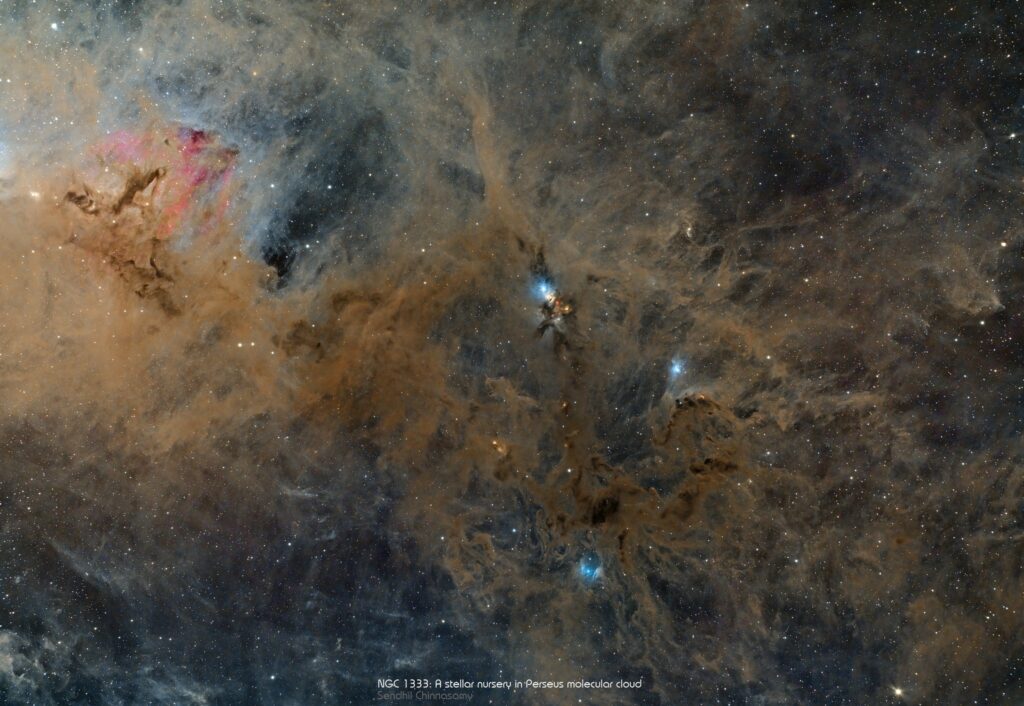
NGC 1333: A stellar Nursery in Perseus molecular cloud
Credit: Sendhil Chinnasamy
Location: Georgetown, Texas
Total exposure: 52.5 hours
Details: https://www.astrobin.com/1ysl56/0/

The Baby Eagle Nebula (LBN777)
Credit: Alessandro Vinci / Skygems Observatories
Location: New Mexico
Dates: September 28 – October 20, 2022
Total integration: 6 hours
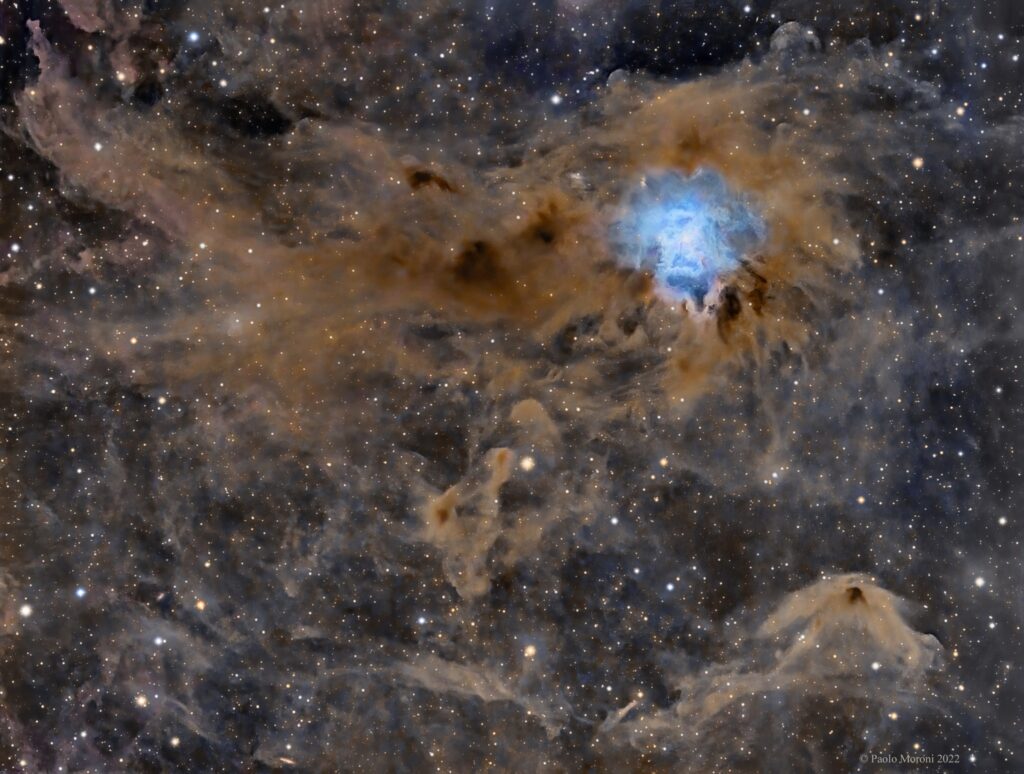
The Iris Nebula (also known as NGC 7023 and Caldwell 4) is a bright reflection nebula in the constellation Cepheus. The designation NGC 7023 refers to the open cluster within the larger reflection nebula designated LBN 487.
The nebula, which shines at magnitude +6.8, is illuminated by a magnitude +7.4 star designated SAO 19158. It is located near the Mira-type variable star T Cephei, and near the bright magnitude +3.23 variable star Beta Cephei (Alfirk). It lies 1,300 light-years away and is six light-years across.

The Tarantula Nebula
Credit: Steeve Body
Location: Bentleigh, Victoria, Australia
Total integration: 24 hours
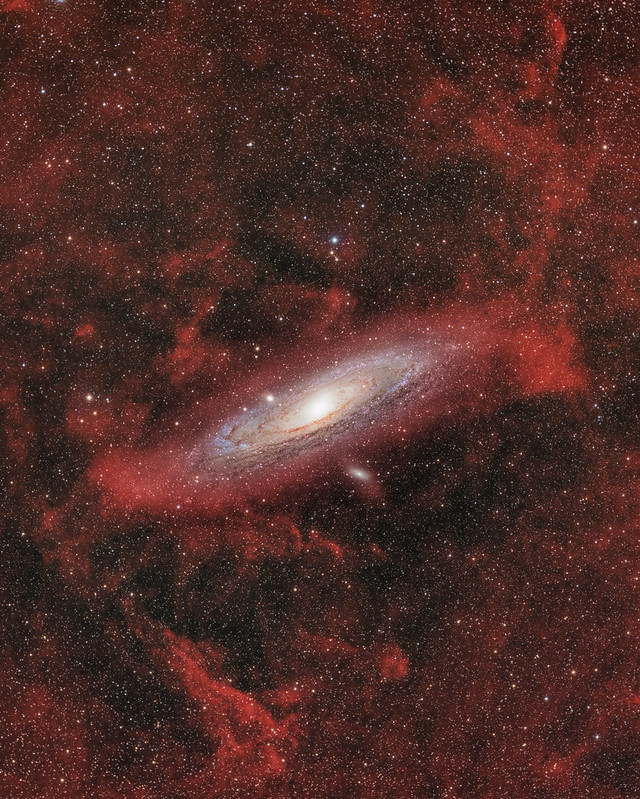
Clouds around Andromeda
Copyright: Andrew Fryhover
Details: https://www.flickr.com/…/517…/52426245654/in/pool-apods/
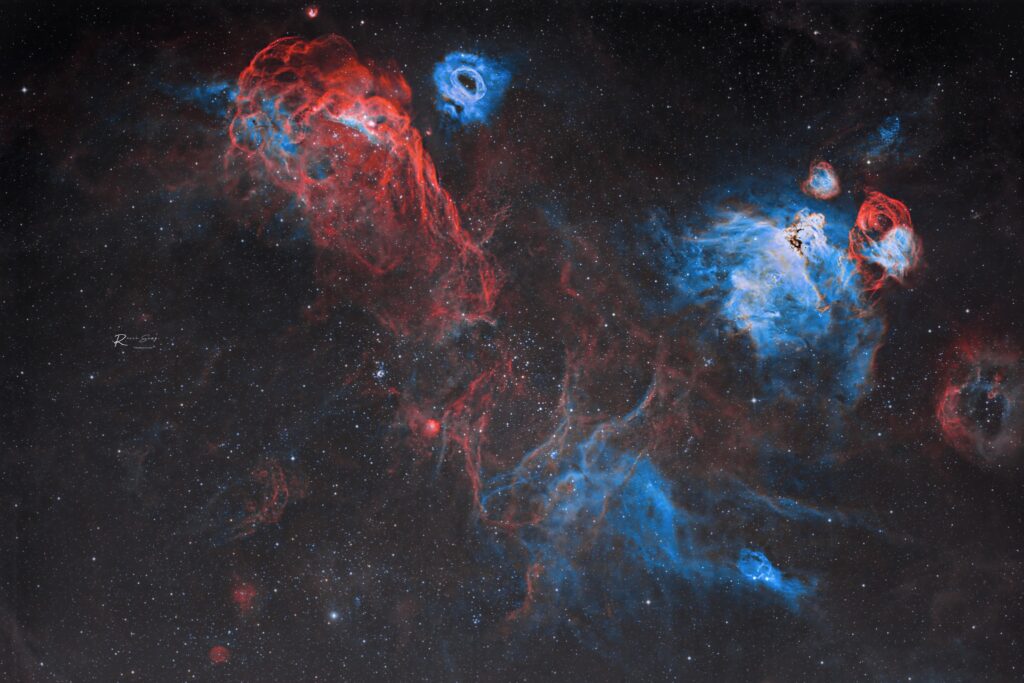
NGC 2020, 2021 and 2032
Image credit: Martin Pugh
Processing credit: Rocco Sung
Total integration: 27 hours
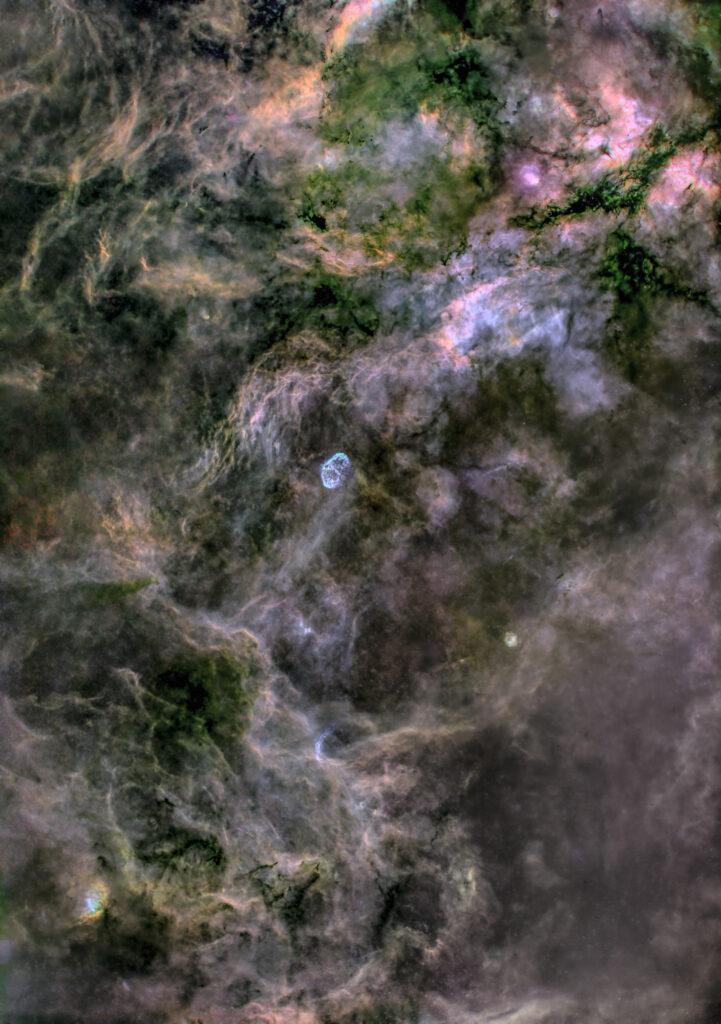
In the glory of Sadr
Credit: Simon Barton
Location: Colchester, Essex, UK
Details: https://www.astrobin.com/w1oxq7/D/
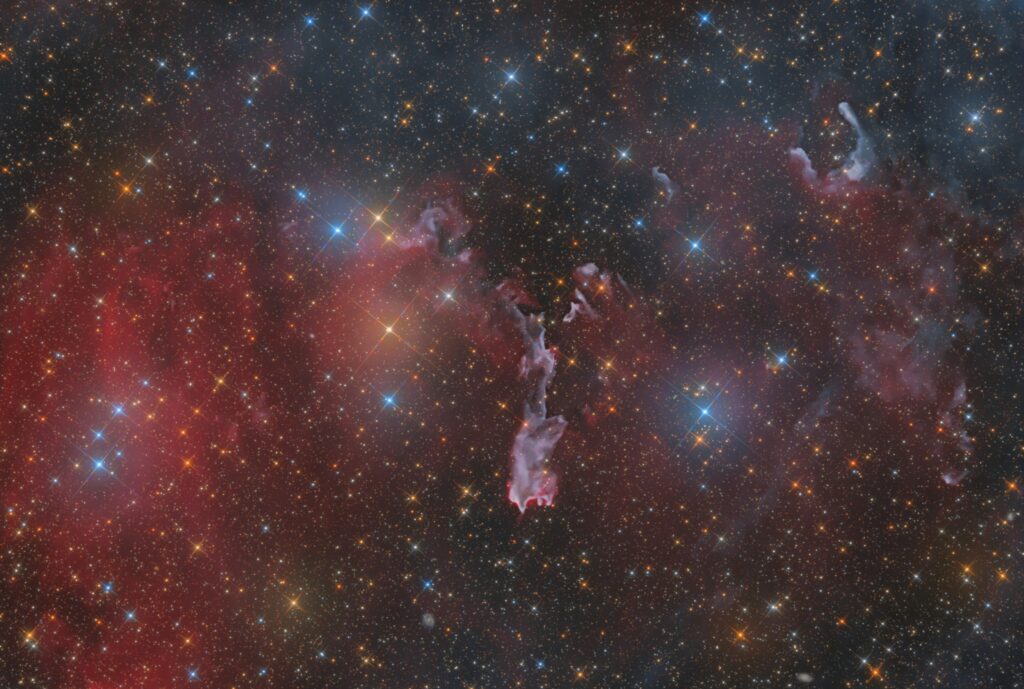
LBN438 – The Lizard Pillar
Credit: Thomas LELU
Location: Lorraine, France
Total integration 38 hours 55 mins
Details: https://www.astrobin.com/310vlw/0/
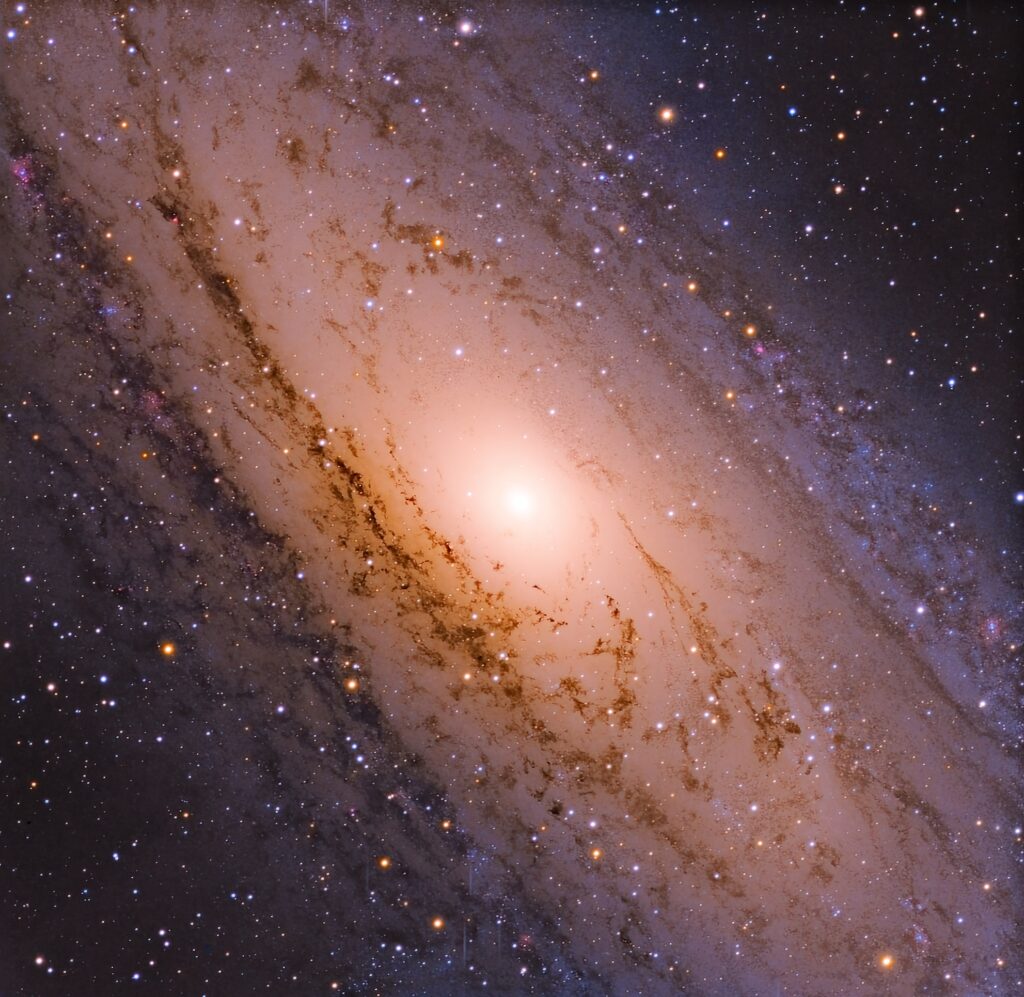
The Andromeda Galaxy
Credit: Bob Fields
Location: Howell, MI, Howell, MI, United States
Date: October 4, 2022
Total integration: 12 hours and 40 mins
Details: https://www.astrobin.com/sgljv8/0/
